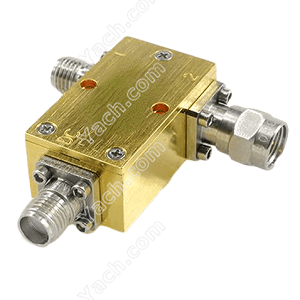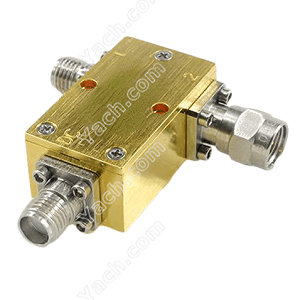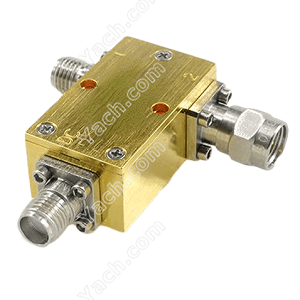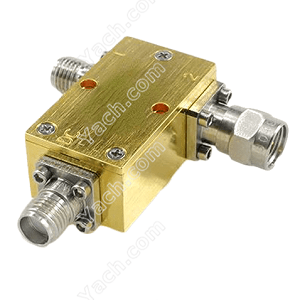How many kinds of RF Cable?
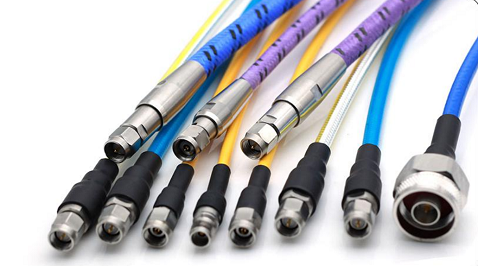 In addition to the frequency range, standing wave ratio, insertion loss and other factors, the correct selection of RF cable components should also consider the mechanical characteristics, operating environment and application requirements of the cable. In addition, the cost is also a constant factor.
In addition to the frequency range, standing wave ratio, insertion loss and other factors, the correct selection of RF cable components should also consider the mechanical characteristics, operating environment and application requirements of the cable. In addition, the cost is also a constant factor.In this paper, various indexes and performances of RF cable are discussed in detail. Understanding the performance of the cable is very useful for selecting the best RF cable component.
RF coaxial cable is used to transmit RF and microwave signal energy. It is a kind of distributed parameter circuit, and its electric length is a function of physical length and transmission speed, which is essentially different from low-frequency circuit.
RF coaxial cables can be roughly divided into semi-rigid and semi flexible cables, flexible braided cables and physical foaming cables. Different types of cables should be selected for different applications. Semi rigid and semi flexible cables are generally used for internal interconnection of equipment; In the field of testing and measurement, flexible cables shall be used; Foamed cables are commonly used in base station antenna and feeder systems.
Semi rigid cable
This kind of cable is not easy to be bent and shaped. Its outer conductor is made of aluminum tube or copper tube. Its RF leakage is very small (less than -120db), and the signal crosstalk caused in the system can be ignored.
The passive intermodulation characteristic of this cable is also very ideal. If you want to bend to a certain shape, you need a special molding machine or manual mold to complete. Such a troublesome processing process results in very stable performance. The semi-rigid cable uses solid polytetrafluoroethylene as the filling medium. This material has very stable temperature characteristics, especially under high temperature conditions, and has very good phase stability.
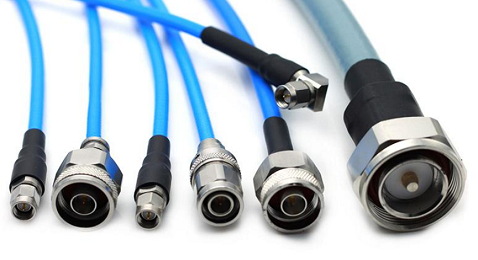 The cost of semi-rigid cable is higher than that of semi flexible cable, which is widely used in various RF and microwave systems.
The cost of semi-rigid cable is higher than that of semi flexible cable, which is widely used in various RF and microwave systems.
Semi flexible cable
Semi flexible cable is the substitute of semi-rigid cable. The performance index of this cable is close to that of semi-rigid cable, and it can be formed manually. However, its stability is slightly worse than that of semi-rigid cable. Because it can be easily formed, it is also easy to deform, especially in the case of long-term use.
Flexible braided cable
Flexible cable is a kind of "test grade" cable. Compared with semi-rigid and semi flexible cables, the cost of flexible cables is very expensive, because more factors should be considered in the design of flexible cables. Flexible cables should be easy to bend many times and maintain performance, which is the most basic requirement for testing cables. Softness and good electrical indicators are a pair of contradictions, which are also the main reasons for the high cost.
The selection of flexible RF cable components should consider various factors at the same time, and some of these factors are contradictory. For example, the coaxial cable with single strand inner conductor has lower insertion loss and amplitude stability when bending than the coaxial cable with multiple strands, but the phase stability performance is not as good as the latter. Therefore, in addition to the frequency range, standing wave ratio, insertion loss and other factors, the selection of a cable component should also consider the mechanical characteristics, operating environment and application requirements of the cable. In addition, the cost is also a constant factor.


